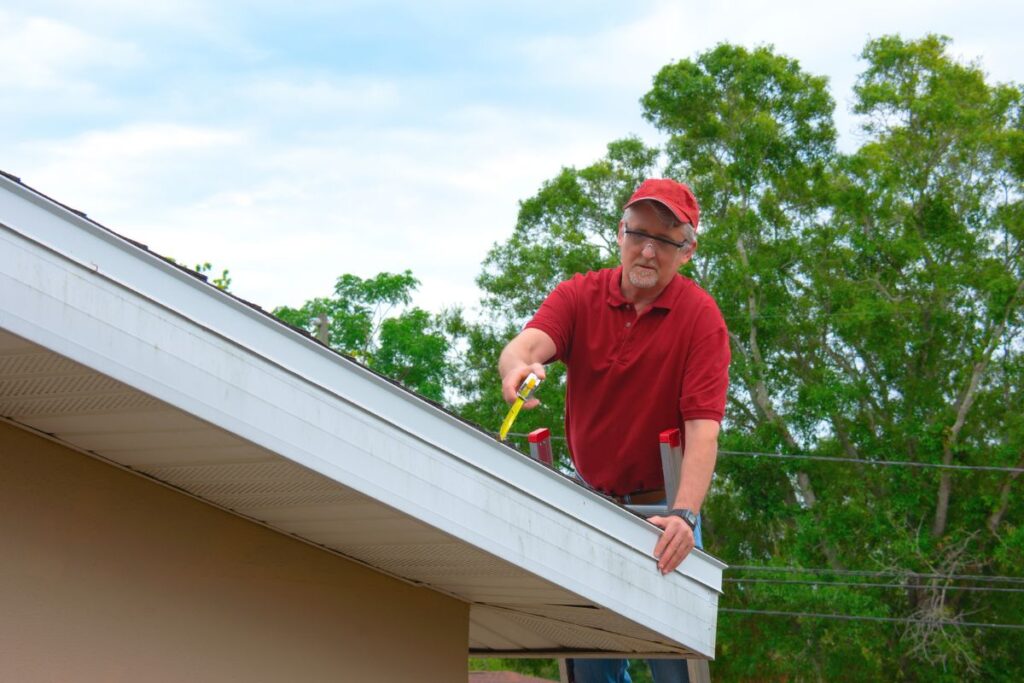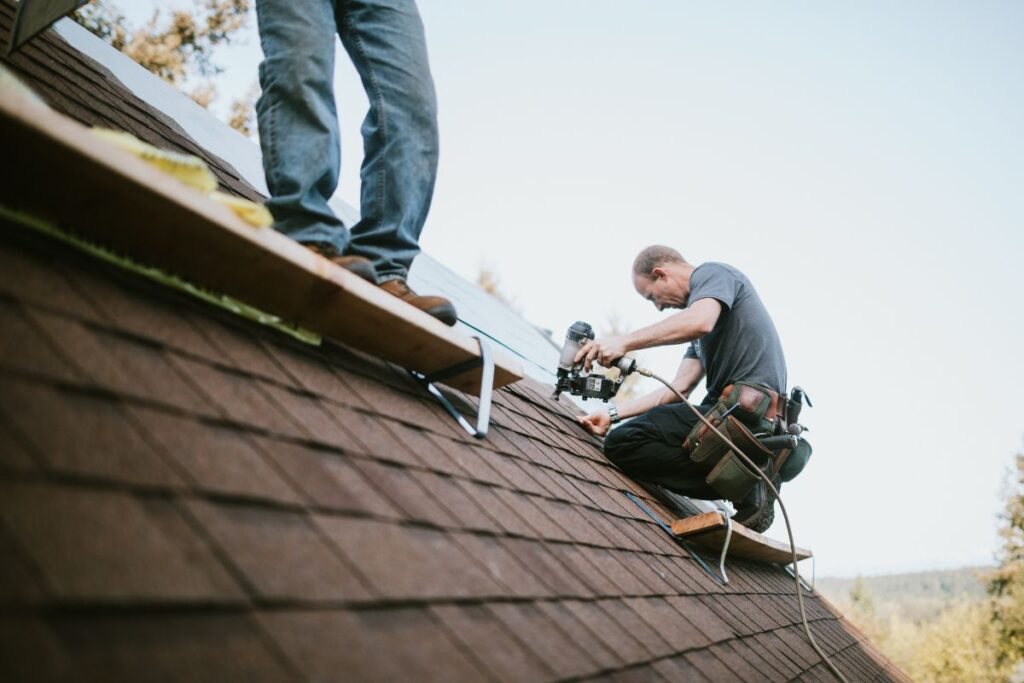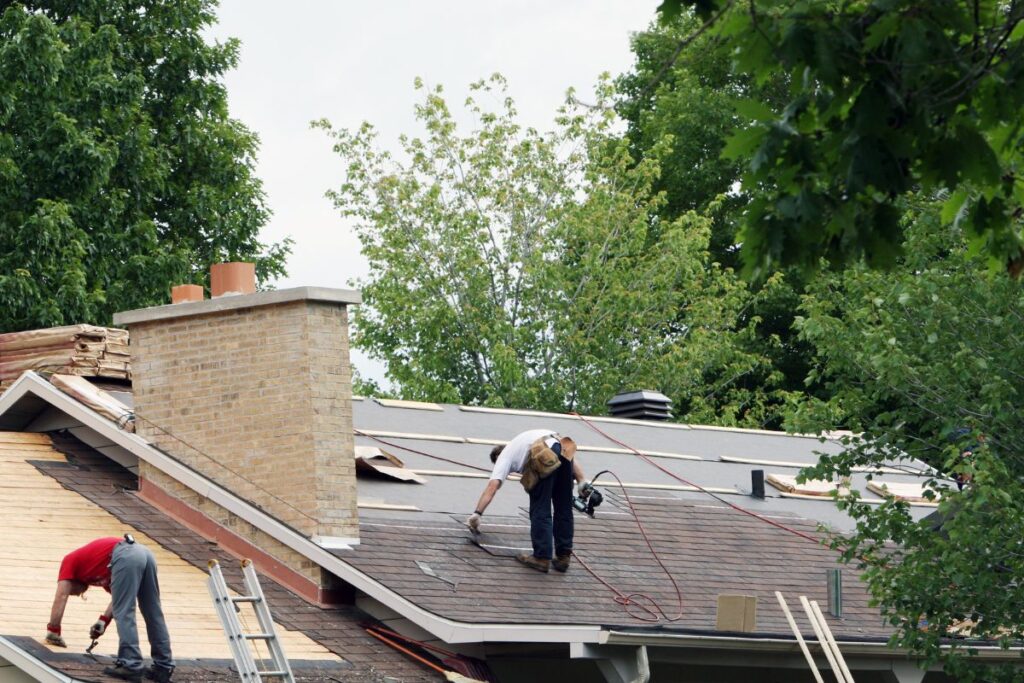When planning for a new roof, your decision should not solely rest on aesthetics and price. Your geographical location and the climate conditions it presents also play a significant role. Choosing the right roofing material for your local weather can prolong the lifespan of your roof, protect your home, and even save you money on energy costs. Let’s explore the climate considerations for your new roof and how to make the right choice.
- Wet and Rainy Climates
If you’re living in an area with high rainfall, like the West Coast or tropical regions, choose roofing materials with superior water-resisting properties. Metal roofs, asphalt shingles, and slate are great choices as they effectively shed water and resist moisture damage.
- Hot and Sunny Climates
For homes in hot and sunny areas, energy-efficient roofs that reflect sunlight are the most suitable. Metal roofs with reflective coatings, cool roof asphalt shingles, and clay tiles are excellent choices. These materials can keep your home cool and reduce air conditioning costs.
- Cold and Snowy Climates
In areas with long, harsh winters and heavy snowfall, your roof should be able to withstand the weight of the snow and be resilient to freezing temperatures. Slate and metal roofs are excellent choices, as they can shed snow and are less likely to crack in freezing conditions.
- Windy Areas
If you’re located in a region prone to high winds or hurricanes, like coastal areas, you’ll need a roof that can withstand such forces. Metal roofs and asphalt shingles with high wind ratings are recommended in these situations.
- Fire-Prone Areas
In areas where wildfires are a threat, fire-resistant or non-combustible roofing materials should be used. Metal, slate, and tile roofs are excellent choices due to their high fire resistance.
- Mixed Climates
For areas with a mix of hot summers and cold winters, your roof should balance heat reflection and insulation. Energy-efficient shingles, metal roofs, and green roofs can be suitable for these climates.
Remember, while climate is an essential factor in choosing your roofing material, it’s not the only consideration. Factors such as the roof’s slope, your home’s architectural style, and local building codes should also be considered.
Here at Kiwi Roof Masters, our roofing experts can guide you in selecting the right roofing material for your home considering the local climate and your specific needs. Get in touch with us today for a new roof installation!


